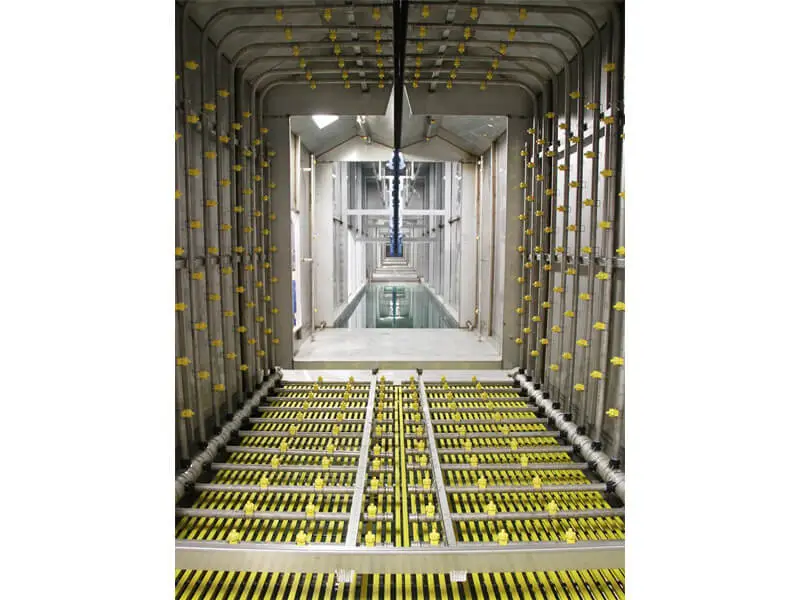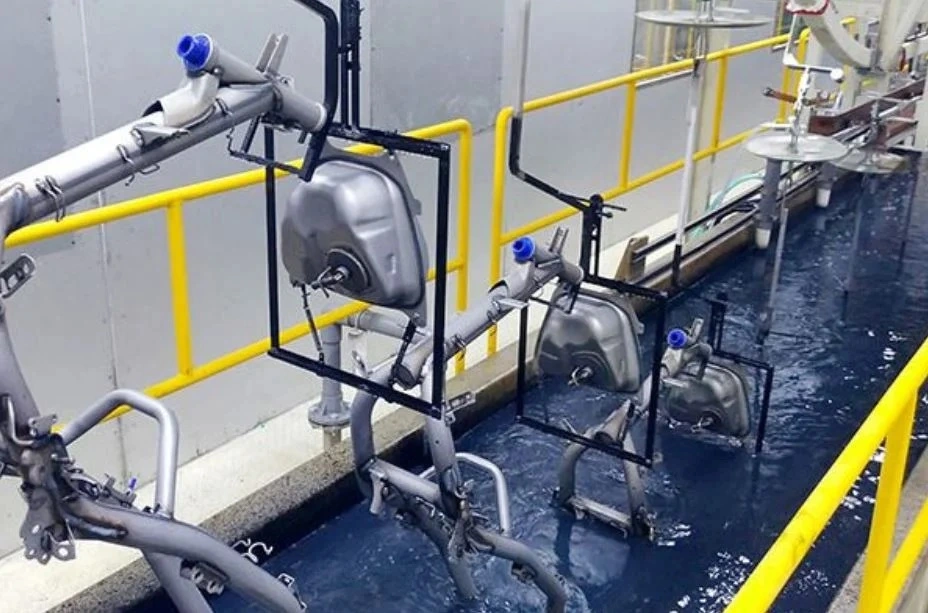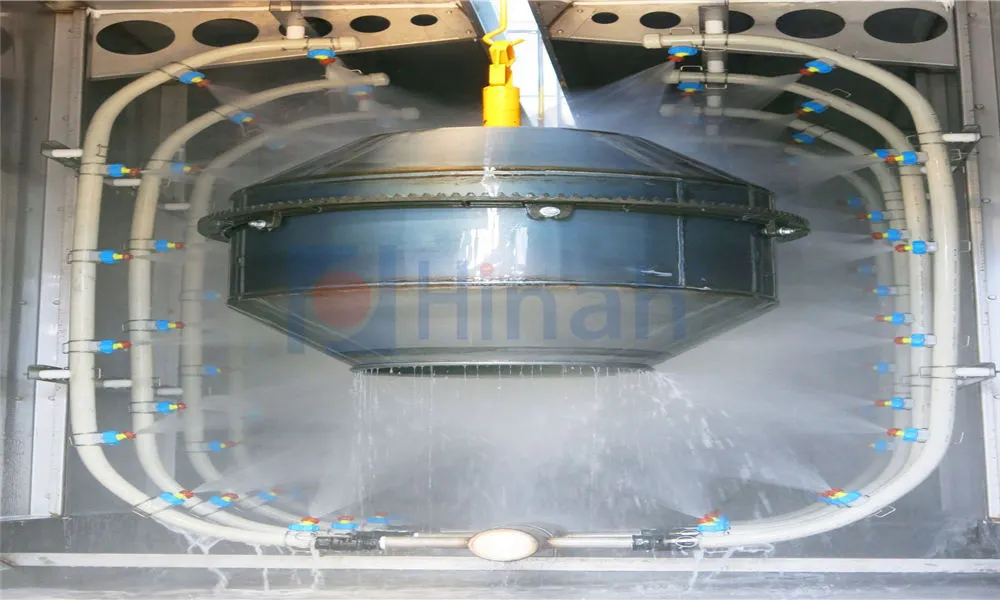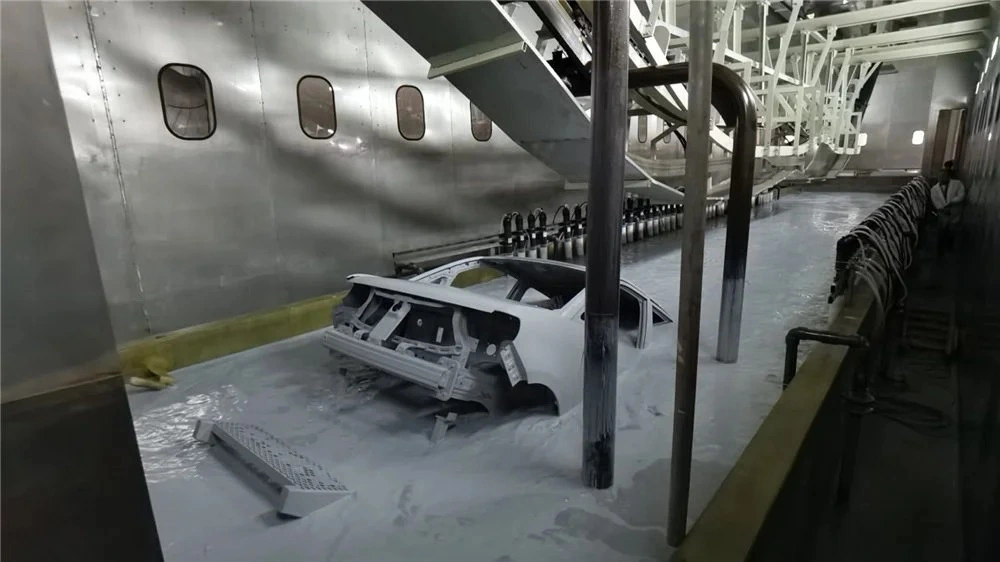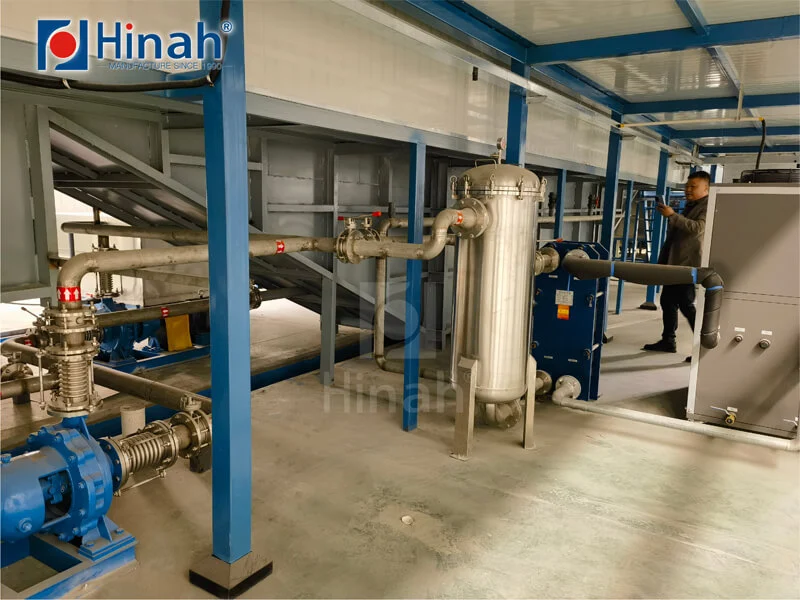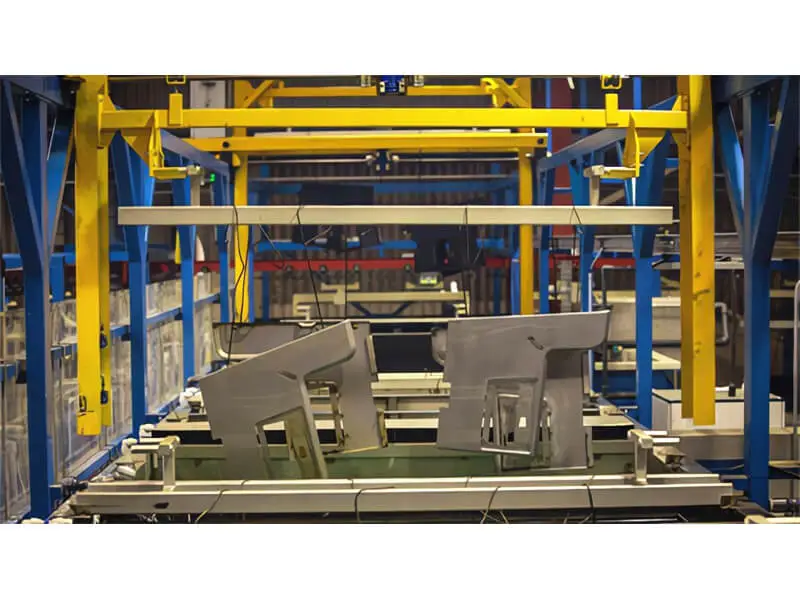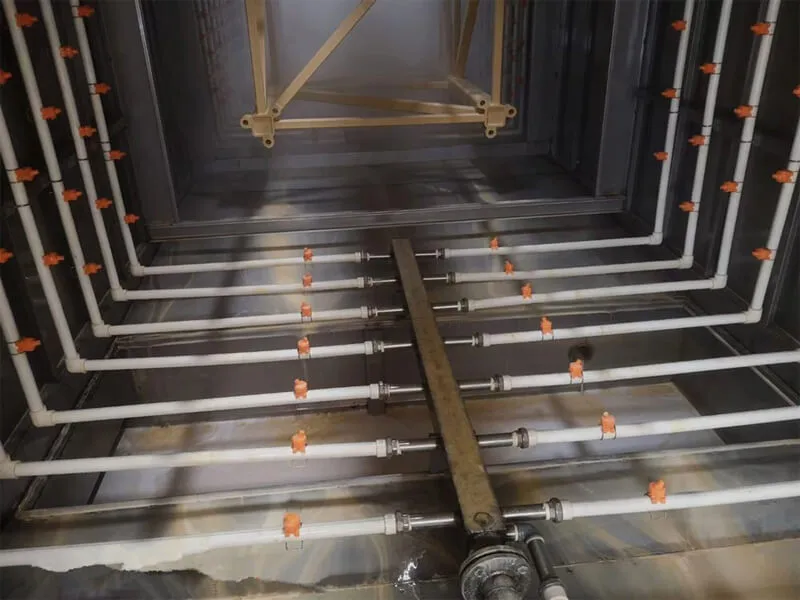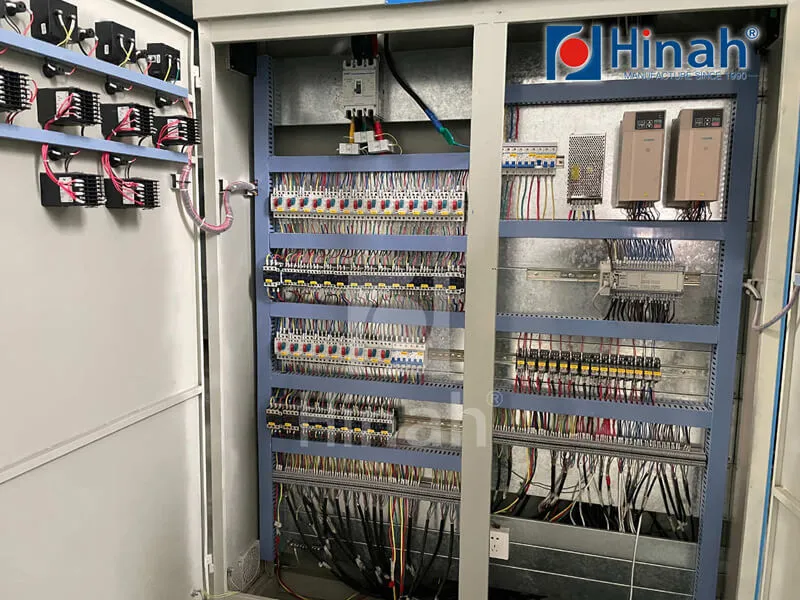Powder coating has become one of the most popular and efficient methods for applying a durable, high-quality finish to a wide range of products. From automotive parts and bicycles to household appliances and metal furniture, this process offers significant advantages over traditional liquid painting. At the heart of this operation lies the powder coating equipment. Investing in the right setup is crucial for achieving a flawless finish, maximizing efficiency, and ensuring long-term profitability. This comprehensive guide will walk you through everything you need to know, from the components of a complete powder coating system to the factors influencing powder coating equipment cost, the critical role of a powder coating recovery system, and how to select the perfect powder coating machine for your needs.
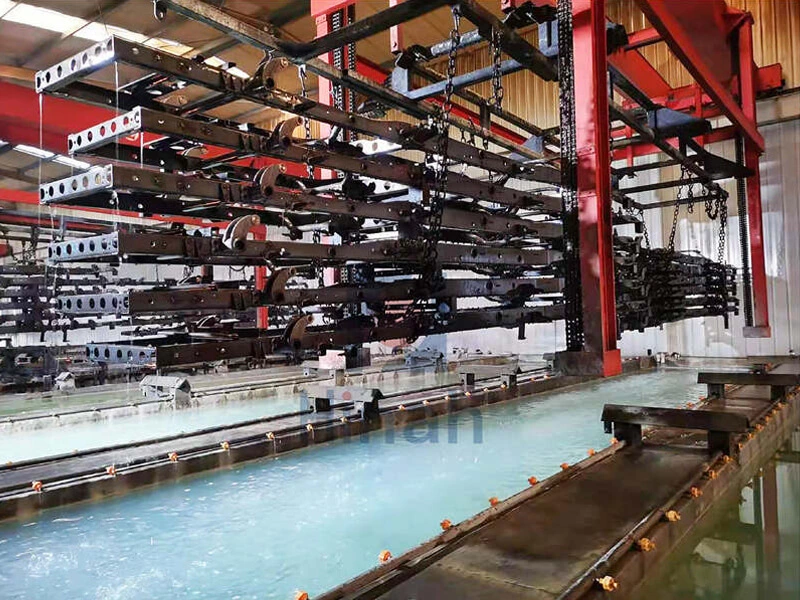
What is a Powder Coating System and How Does It Work?
A complete powder coating system is far more than just a spray gun. It's an integrated series of components designed to prepare the part, apply the powder, and cure it into a hard finish. Understanding the entire process is key to appreciating the value of each piece of equipment.
The process typically begins with pre-treatment. This essential stage involves cleaning and chemically treating the substrate to remove oils, dirt, rust, and other contaminants. A proper pre-treatment ensures superior adhesion and long-term corrosion resistance. This can be a manual wash station or a fully automated multi-stage conveyorized washer.
After pre-treatment and drying, the part moves to the application booth. Here, the core powder coating machine—the spray gun—comes into play. The gun uses electrostatic charging (either corona or triboelectric) to give the powder particles a positive electrical charge. These charged particles are attracted to the grounded, neutral part, ensuring an even coat and wrapping around edges. The overspray—powder that doesn't adhere to the part—is then managed by the powder coating recovery system.
Finally, the coated part enters a curing oven. The heat causes the powder to melt, flow, and chemically cross-link to form a smooth, durable, and attractive finish. The entire powder coating system must be harmonized for optimal results.
Breaking Down Powder Coating Equipment Cost
The powder coating equipment cost is a primary concern for any shop, whether it's a new startup or an existing operation looking to expand. Costs can vary dramatically, from a few thousand dollars for a basic setup to hundreds of thousands for a fully automated line. Here’s a breakdown of what influences the investment:
1. System Type and Scale:
Manual/Hobbyist Systems: Ideal for small shops or low-volume projects. A starter kit including a small oven, a single gun, and a basic power supply can start from $5,000 to $15,000.
Batch Systems (Cabinet Systems): These are self-contained units popular for medium-volume job shops. They integrate the application and recovery into a single enclosure. A quality batch oven and a better gun can range from $20,000 to $70,000.
Complete Automated Systems: For high-volume production, an automated conveyorized line with pre-treatment, multiple guns, a large oven, and a sophisticated recovery system represents a significant capital investment, typically starting from $100,000 and easily exceeding $500,000.
2. Key Cost Components:
Spray Gun: Manual guns cost between $1,000 - $3,000. Automated guns for a production line are more expensive.
Oven: The size and type (electric vs. gas, batch vs. conveyor) are the biggest cost drivers. Small batch ovens start around $5,000, while large walk-in or conveyor ovens can cost $50,000+.
Recovery System: A simple single-hopper powder coating recovery system might be included in a cabinet, but larger, more efficient systems with multiple filters and pumps add tens of thousands of dollars.
Pre-Treatment: A simple spray wand station is inexpensive, but a 5-stage automated washer is a major project costing thousands.
Additional Costs: Don’t forget to factor in the cost of installation, electrical or gas hookups, compressed air systems, and facility upgrades (e.g., ventilation, flooring).
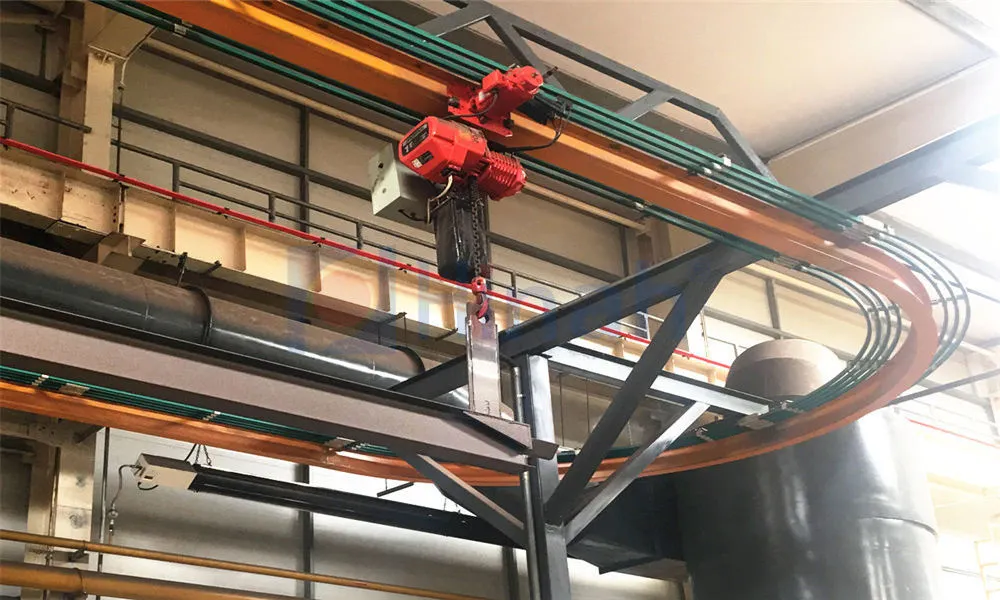
The Heart of the Operation: Choosing a Powder Coating Machine
While the term powder coating machine often refers to the entire system, it most commonly denotes the application equipment: the spray gun and its controls. Choosing the right gun is critical for finish quality and transfer efficiency.
There are two primary technologies:
Corona Charging: The most common type. The gun has an electrode that imparts a negative charge to the powder as it passes through the gun’s barrel. It's versatile and works well with most powders but can sometimes cause "Faraday cage" effects, making it harder to coat inside corners and deep recesses.
Tribo Charging: This gun charges the powder through friction as it travels through a Teflon-lined barrel. It generates less of an electrical field, making it excellent for coating parts with complex geometries and penetrating Faraday cages. However, it can be more sensitive to powder formulation and humidity.
Your choice of powder coating machine for application will depend on the types of parts you coat most frequently. Many professional shops have both types of guns on hand to handle any job that comes their way.
The Unsung Hero: The Powder Coating Recovery System
No discussion of modern powder coating equipment is complete without highlighting the powder coating recovery system. This component is vital for economics, efficiency, and environmental responsibility. Its job is to collect the overspray powder from the application booth so it can be reused.
A typical recovery system uses a series of cyclones and cartridge filters. The fan pulls the powder-laden air into the cyclone, where centrifugal force separates about 95% of the powder into a collection hopper. The remaining fine powder is captured by the final filter cartridges. This reclaimed powder can then be mixed with virgin powder (typically at a 30-50% ratio) for reuse, dramatically improving material utilization.
A well-designed powder coating recovery system provides three key benefits:
Reduced Material Costs: Reclaiming overspray powder can lead to transfer efficiencies of over 95%, meaning almost all the powder you buy ends up on the part.
Cleaner Operation: It maintains a clean booth environment, which is essential for achieving a contaminant-free finish.
Environmental Benefits: Powder coating is already a VOC-free process, and recycling overspray further minimizes waste, making it a highly sustainable finishing option.
Common Problems and Solutions with Powder Coating Equipment
Even the best powder coating equipment can encounter issues. Understanding these common problems will help you operate your system more effectively.
1. Poor Adhesion (Powder Peels Off)
Cause: Inadequate pre-treatment is the most common culprit. Oils, dirt, or moisture on the substrate prevent proper bonding.
Solution: Review and optimize your cleaning and phosphating/chromating process. Ensure parts are completely dry before coating.
2. Orange Peel Texture (Finish is Not Smooth)
Cause: Incorrect curing temperature or time, improper film thickness, or poor powder formulation.
Solution: Verify oven temperature with an independent thermometer. Ensure the part reaches the required cure temperature for the full duration specified by the powder manufacturer. Check gun settings for consistent application.
3. Faraday Cage Effect
Cause: Using a corona gun on parts with deep recesses or sharp corners. The electrical field prevents powder from reaching inside areas.
Solution: Reduce gun voltage and air pressure, use a smaller nozzle, or switch to a tribo-charging powder coating machine.
4. Low Powder Recovery Rate
Cause: Issues with the powder coating recovery system, such as a clogged filter, worn pump seals, or an imbalanced airflow.
Solution: Perform regular maintenance on the recovery unit. Clean or replace filters as recommended by the manufacturer. Check for air leaks and ensure the pump motors are functioning correctly.
5. Contamination in the Finish
Cause: Dirty parts, contaminated powder, or a dirty booth and gun.
Solution: Maintain a strict housekeeping regimen. Clean the booth and filters regularly. Use dedicated compressed air filters to ensure oil- and moisture-free air. Store powder in a sealed, clean environment.
Investing in a high-quality powder coating system is a significant decision. By carefully considering your production needs, understanding the factors that drive powder coating equipment cost, selecting the right powder coating machine for your applications, and maintaining your powder coating recovery system, you can build a finishing operation that delivers superior quality, maximizes efficiency, and provides an excellent return on investment.


